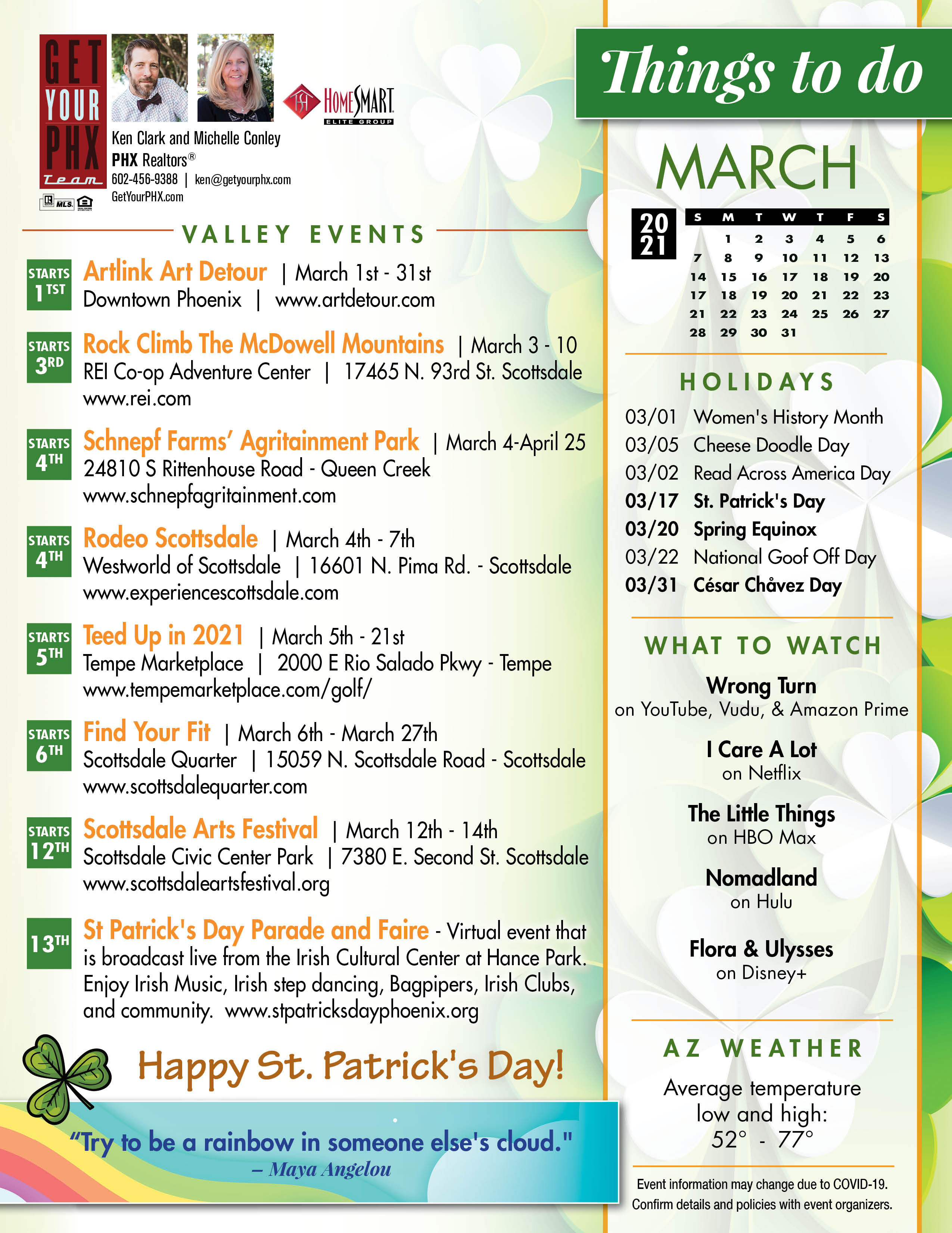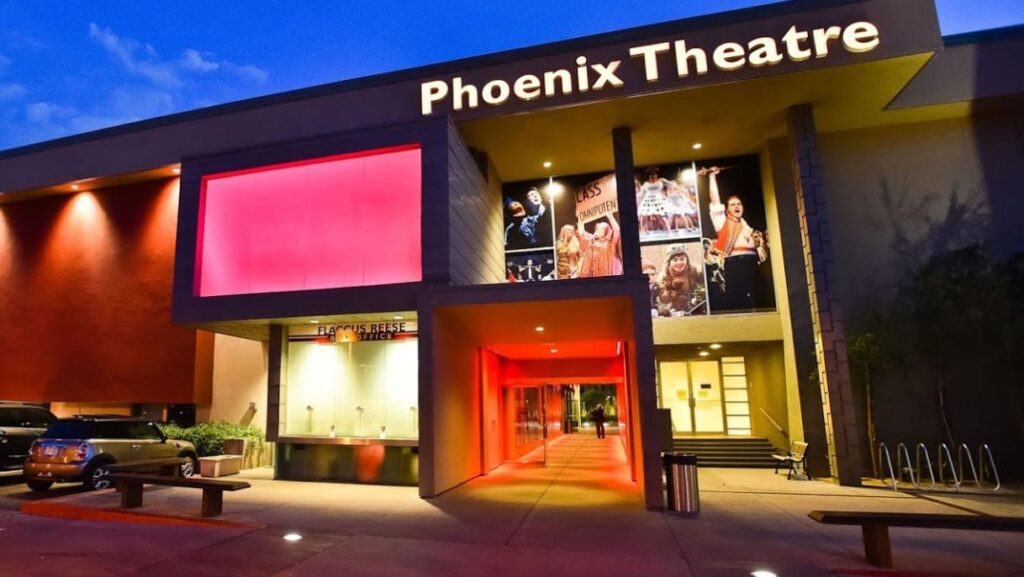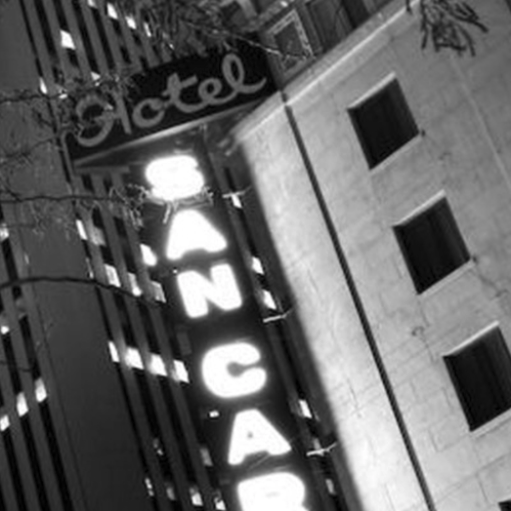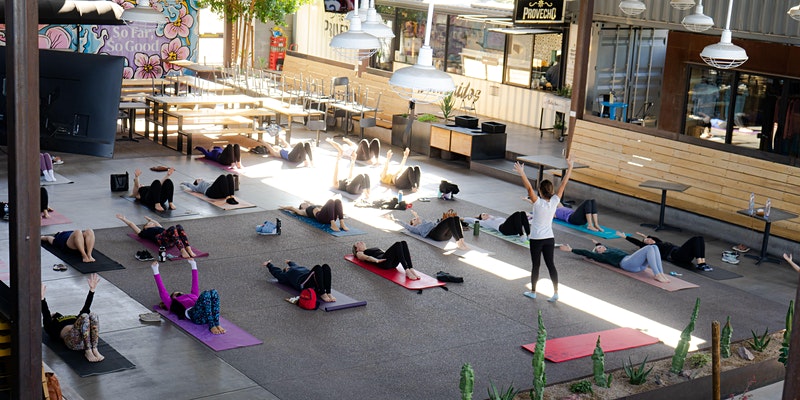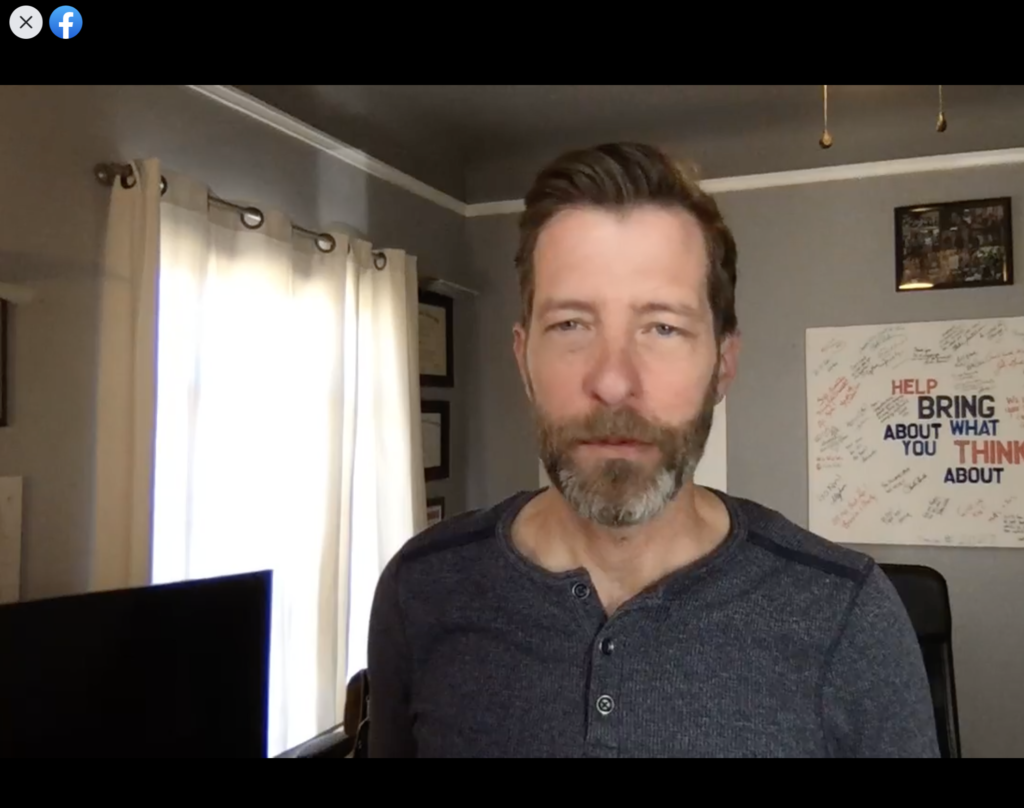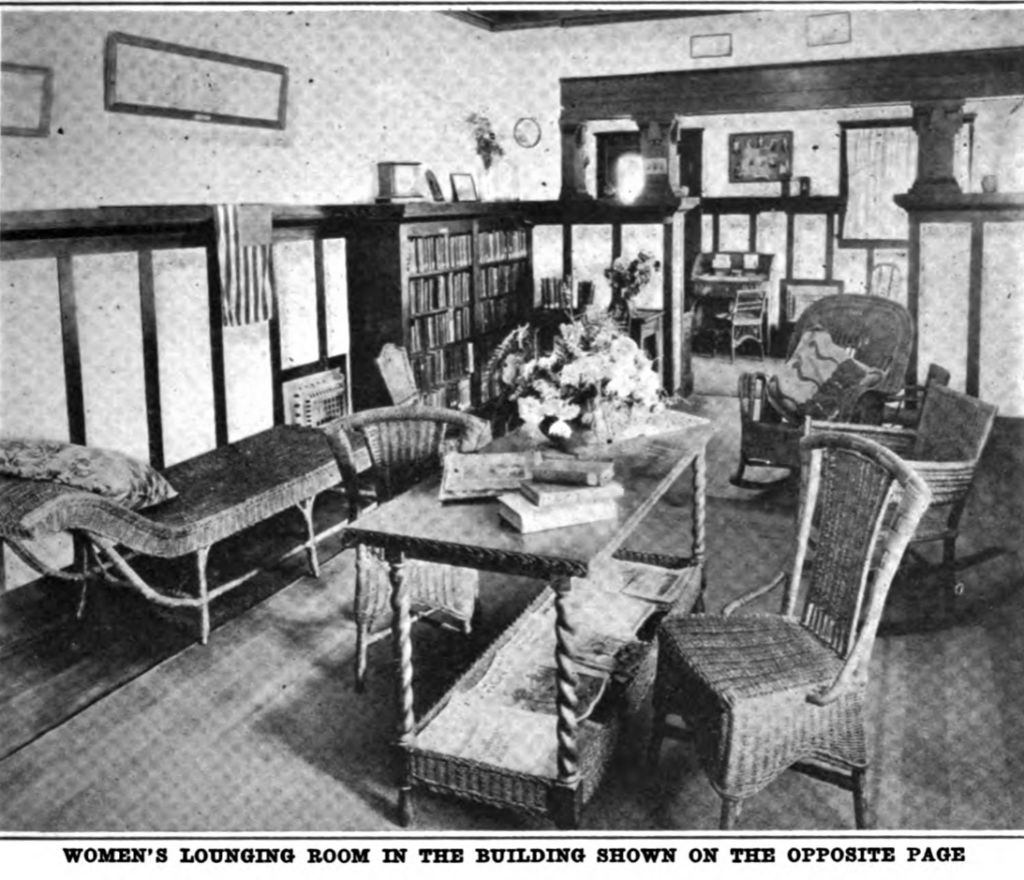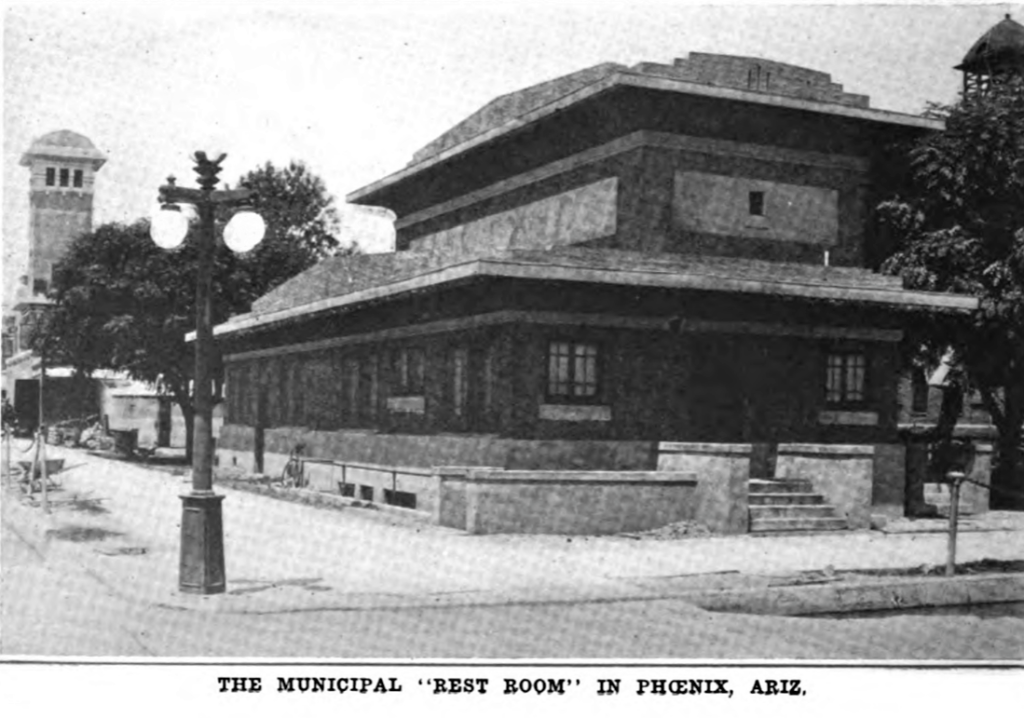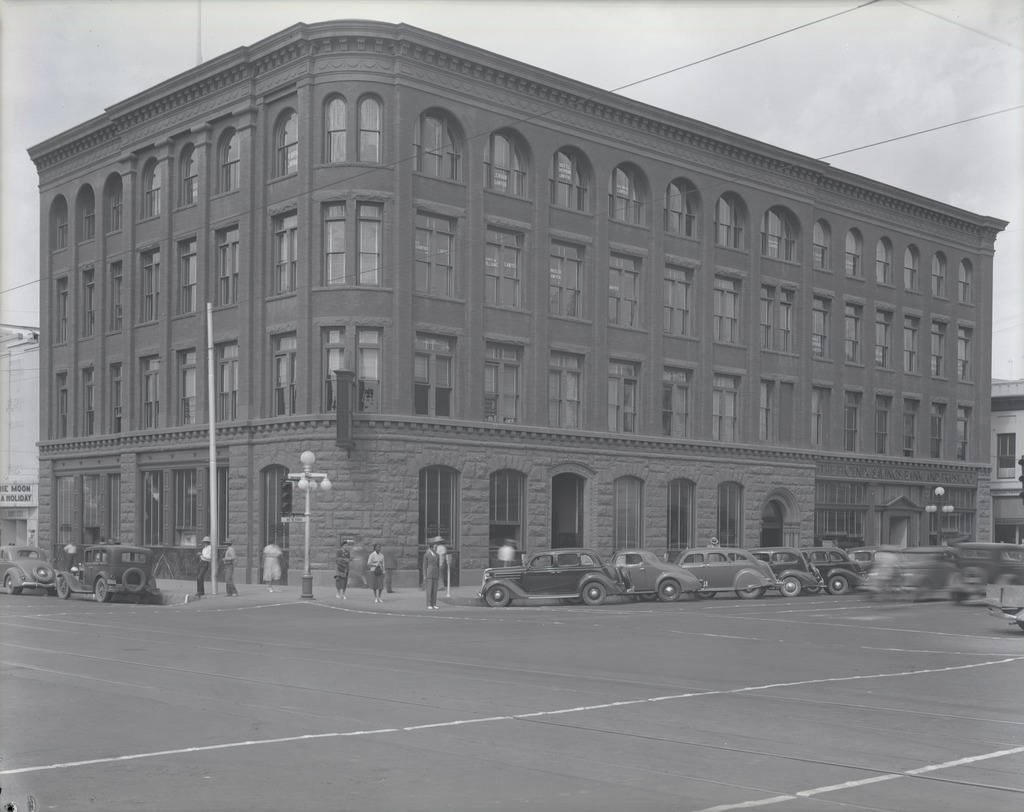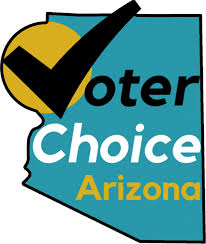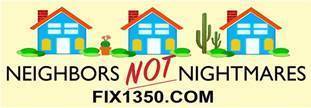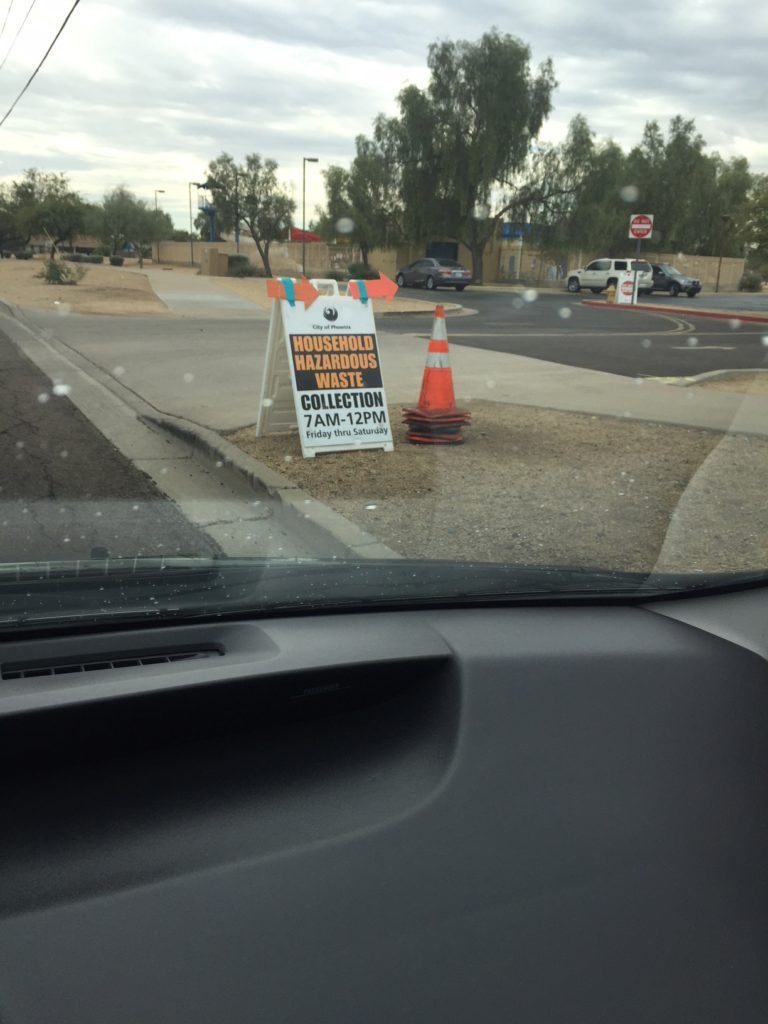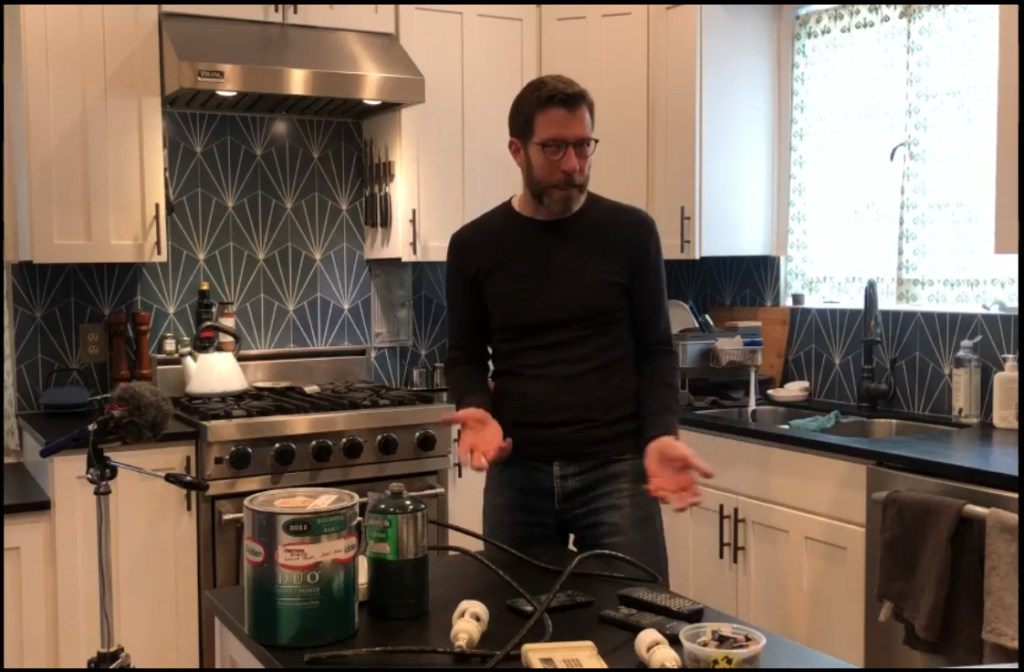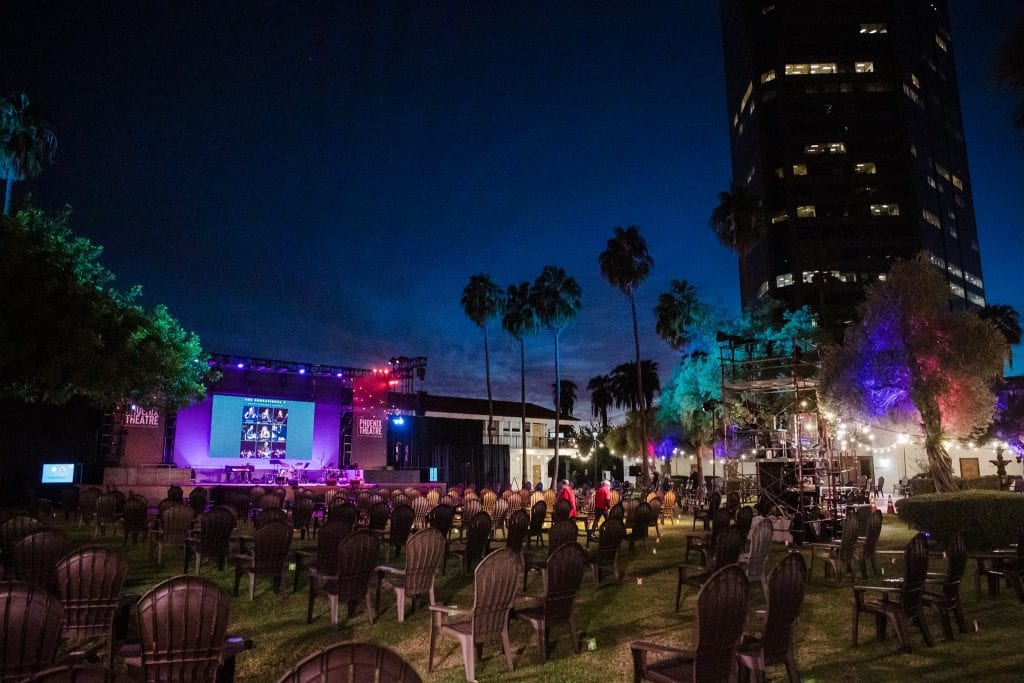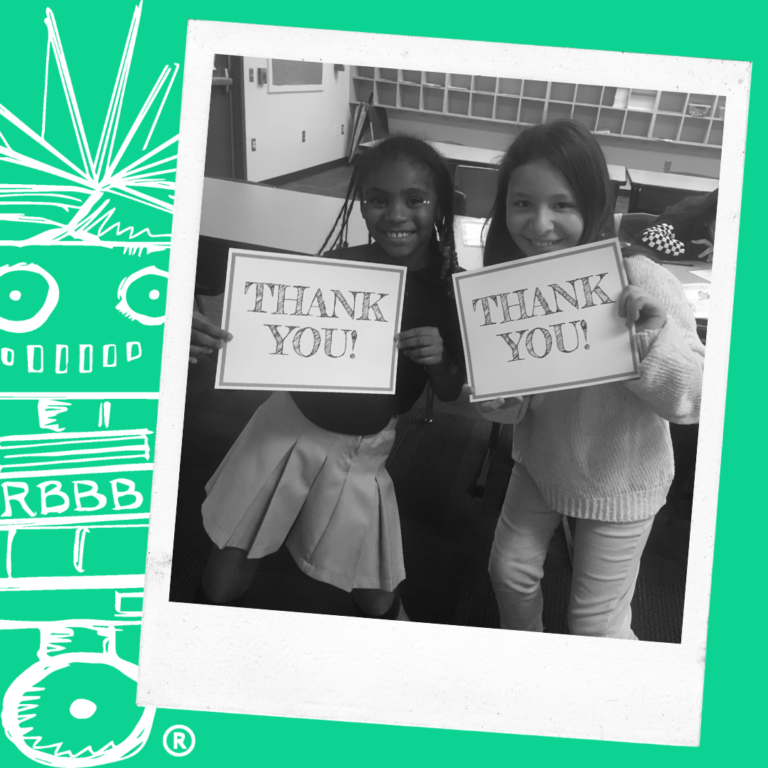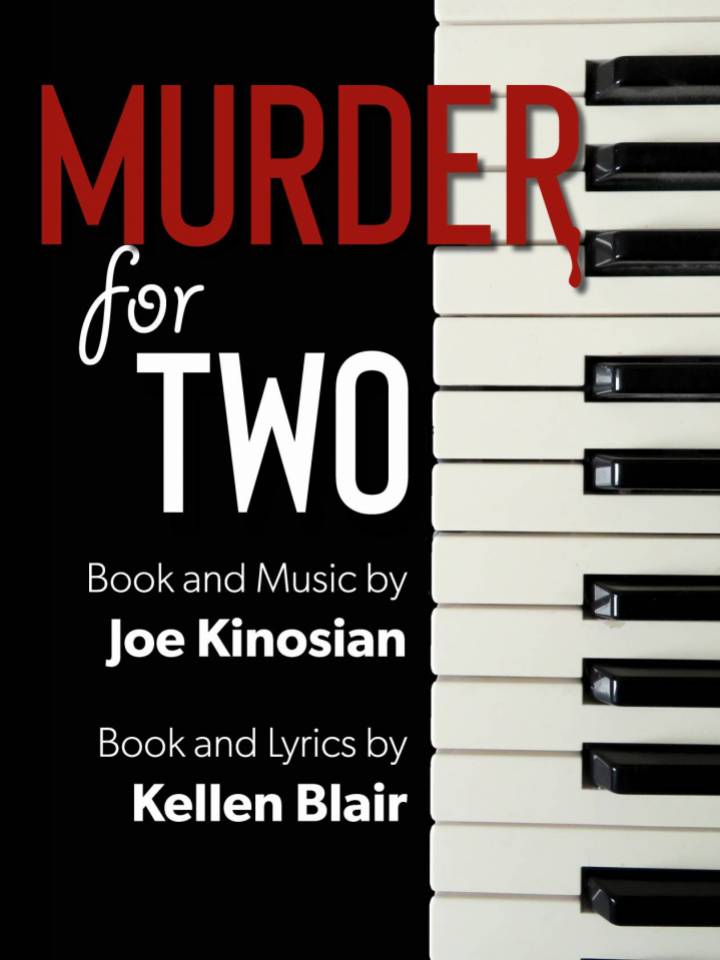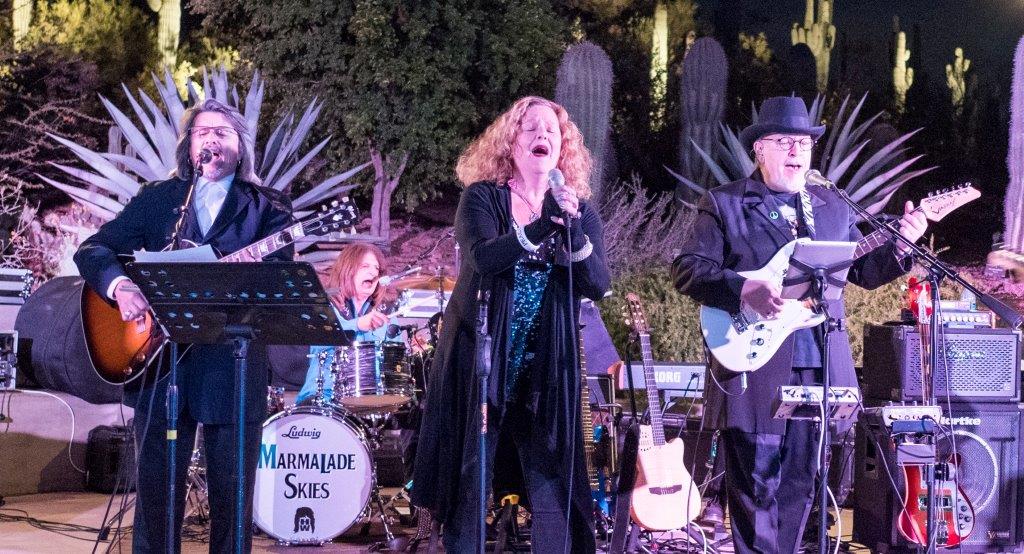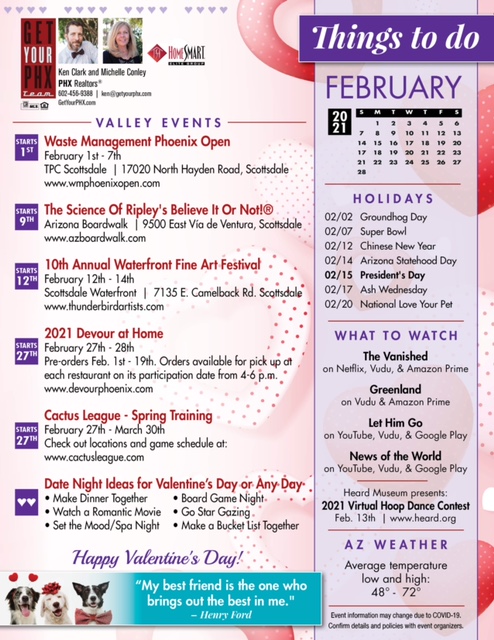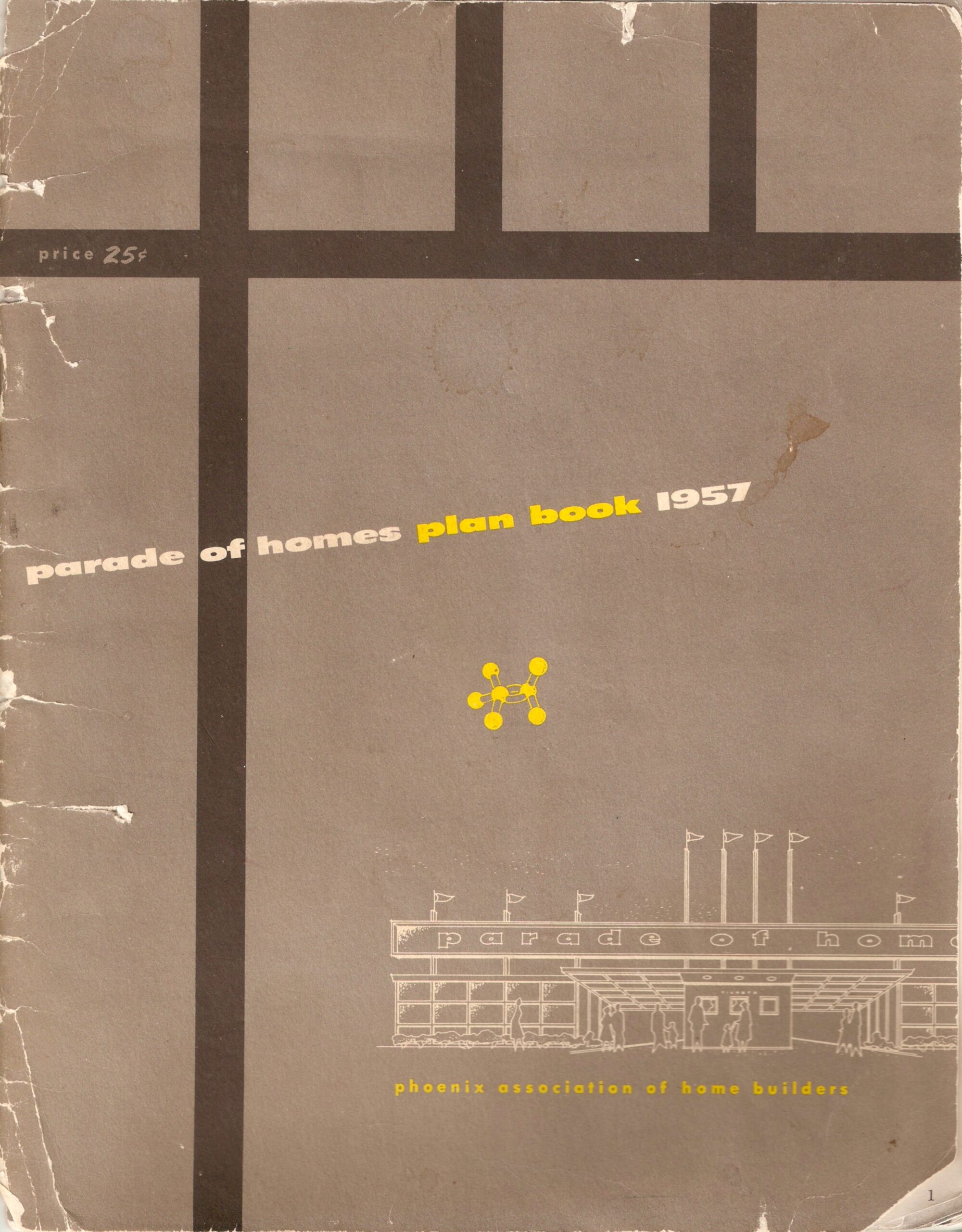As we suggest some events for March, we continue to trust the CDC when they say that we should all still wear masks and remain socially distant.
So, here are some ideas for your March fun.
Phoenix Theatre’s Ring of Fire. The theatre staff has done a great job of creating a socially-distance space to experience live shows. They moved next door temporarily to the huge courtyard of the Phoenix Presbyterian Church. I saw a show there last month and I was impressed with the set-up. The seats are 6 feet apart, they escort you in and out, serve food and have really thought through the flow of people. One drawback is that the church does not allow them to stock a bar. The Ring of Fire show “presents 38 songs from The Man in Black’s catalogue to tell stories of change and growth.”
Something’s Brewin’ Beer Dinner. The folks at Walter Station Brewery are doing a 5-course, reservation required dinner with beer pairings on March 15th. It is not clear what they are doing to present the dinner with social distancing in mind, but I know the folks at Walter Station and I’m confident. Check when you reserve.
Haunted History Phoenix Social Distanced Walking Tour. One of my favorite people, Marshall Shore, is back to hosting his haunted Phoenix tours. Join Marshall, the Hip Historian, for a walking tour of historic and ghostly haunts in downtown Phoenix. The tour will include stops by of the historic Orpheum Theater, home to the mysterious female spirit who wanders inside; and a stop at the San Carlos Hotel, home to the ghost of Leone Jensen, who has haunted its halls since 1928. $30.
Sand Fest. How did I not know this was a thing? It looks amazing. The folks at the Children’s Museum are dropping over 200 tons of sand outside in Adventure Play for a socially distant community beach party right in the heart of Downtown Phoenix. Teams from Valley businesses will be competing to create a unique structure worthy of the golden shovel, and the Sand Guys from Travel Channel’s Sand Masters will be building another show-stopping signature sculpture that you won’t want to miss. They’ve limited capacity and implemented timed ticketing to ensure safer play. Advance reservations and masks required. $15.
FitPHX Virtual Yoga. Long-time downtown business Sutra Studios is hosting a morning yoga on March 13th at 9am. If you don’t have a morning mediation and yoga routine, this is a great way to start. The class is through your computer, so you don’t need to worry about being stuck in a yoga room with lots of people breathing heavily as they try to contort themselves in to whatever position is tops this month. Not to disparage yoga, but I’m more of a meditation guy. Don’t ask me to stretch in to a position like some of these amazing pretzel people do.
Yoga in the Court. While we are on the topic of Yoga, The Churchill also hosts a live and socially-distanced yoga experience later that same day. This experience is free, but donations are requested for the staff. Question: can I get one of those amazing cocktails from the Churchill afterwards? Asking for a friend.
Towntown Voices Coalition. DVC has been a long-time advocate for improvements for people downtown. On March 13th, they are hosting its usual 2nd Saturday of the month community meeting at its usual start time of 9:30 AM via Zoom. The focus of the meeting revolves around Sustainability and Climate Change.
Herberger Concerts Outdoors. March 25th, 26th and 27th, the Herberger Theatre is presenting covid-safe concerts, featuring The Stakes (3/25), Phoenix Afrobeat Orchestra (3/26) & HÄANA (3/27). If you’ve been missing live music, this is going to be a great series to help you get your groove back.

And here are even more from all around the valley. Be safe. Maintain distance. Wash your hands. Call your mom if you can.
